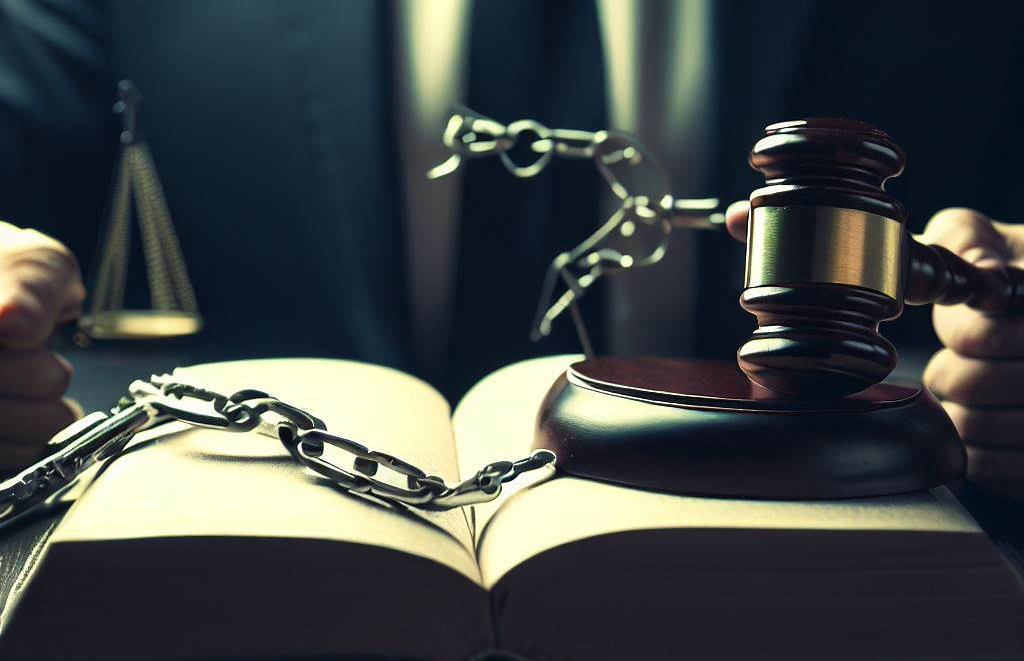
Complete Procedure of a Criminal Case
Procedure of a Criminal Case
- Complaint or Report: The criminal case begins with a complaint or report filed by the victim or a witness, stating the alleged criminal activity.
- Investigation: Law enforcement agencies conduct an investigation to collect evidence, interview witnesses, and gather relevant information regarding the crime.
- Arrest: If the investigation yields sufficient evidence, the suspect may be arrested by the police or law enforcement authorities.
- Booking: The arrested person is taken to a police station for booking, which involves taking fingerprints, photographs, and recording personal information.
- Charging: Prosecutors review the evidence collected during the investigation and decide whether to file charges against the accused.
- Arraignment: The accused is brought before a court, informed of the charges, and asked to enter a plea of guilty or not guilty.
- Bail or Detention: The court determines whether the accused should be released on bail pending trial or held in custody.
- Discovery: The prosecution and defense exchange information, evidence, and witness statements to prepare their respective cases.
- Pre-Trial Motions: Both sides may file motions, such as suppression of evidence or dismissal of charges, which the court will hear and decide upon.
- Plea Bargaining: The prosecution and defense may negotiate a plea bargain, where the accused agrees to plead guilty to a lesser charge or receive a reduced sentence.
- Trial: If the case proceeds to trial, both sides present their arguments, examine witnesses, and present evidence before a judge or jury.
- Deliberation: In a jury trial, the jury deliberates to reach a verdict based on the evidence and instructions provided by the judge.
- Verdict: The judge or jury announces the verdict, declaring the accused either guilty or not guilty.
- Sentencing: If the accused is found guilty, the court imposes a sentence, which may include imprisonment, fines, probation, or other penalties.
- Appeals: The convicted person or the prosecution may appeal the verdict or the sentence to a higher court if there are legal grounds for an appeal.
- Post-Conviction Motions: After conviction, the defense may file motions for a new trial, sentence modification, or other post-conviction relief.
- Probation or Parole: If the sentence includes probation or parole, the convicted person is released under supervision, with specific conditions to follow.
- Prison Term: If the sentence involves imprisonment, the convicted person serves their term in a correctional facility.
- Release: After serving the sentence or fulfilling the conditions of probation or parole, the convicted person is released from custody.
- Expungement: In some cases, a convicted person may be eligible to apply for expungement, which removes the criminal record from public view under certain circumstances.
It’s important to note that the exact procedure can vary depending on the jurisdiction and the specific legal system in place.
